#Anne Stanhope
Text
SIX THE MUSICAL - BOARDINGSCHOOL!AU: illustration

Cathy's best frenemy (Cathy vs Hope)
#dw hope doesn't say slurs#they're like if AraLeyn were just friends#six#six the musical#catherine parr#anne stanhope#hope#six boardingschool!au#boardingschool!au#six The Musical boardingschool!au#six the musical illustration#six illustration#illustration
21 notes
·
View notes
Text
"Anne Stanhope was a devoted and loyal wife and mother. She was also a politician, a committed religious reformer, and a survivor of Tudor intrigue. It was her actions and her connections at court that saved the Seymour family from ruin throughout the reigns of Edward VI, Mary I, and Elizabeth I. Her activities as a patroness of religious literature distinguished her from many of her contemporaries. Anne also worked with both of her husbands – but with Edward Seymour in particular – to form influential political partnerships. [...] The Duke and Duchess of Somerset’s struggle with Thomas Seymour in the late 1540s, however, set the groundwork for Anne’s unfortunate historical image. Almost immediately, writers and historians slandered her reputation. She became a stereotypical “bad wife” – proud, nagging, vengeful. By looking beyond this image, however, scholars may now view Anne Stanhope’s story in a more balanced light."
-Caroline Elizabeth Armbruster, '"A woman for many imperfections intolerable": Anne Stanhope, the Seymour family, and the Tudor court', (MA thesis, Louisiana State University and Agricultural and Mechanical College, 2013)
#This thesis is online if anyone wants to read it!#historicwomendaily#anne stanhope#edward seymour#seymours#tudors#ngl I didn't know much about Anne Stanhope (or the Seymours - sans Jane - in general) so this was an interesting read!#I think it may have misunderstoodsome stuff about Edward Seymour's first marriage to Catherine Filliol though#as it claimed that Edward repudiated her which I'm not sure happened (and that she entered a nunnery which I'm not sure we have#solid evidence for either)#though admittedly like I said I don't know much about the Seymours so I could be wrong#my post#this has been in my drafts for months adkjsksks#tudor era#16th century#anne seymour#anne seymour duchess of Somerset#anne stanhope duchess of Somerset
32 notes
·
View notes
Text




henry viii, william shakespeare / 'henry viii: may 1538, 10-15', in letters and papers, foreign and domestic, henry viii, volume 13 part 1, january-july 1538, (london, 1892) / a chronicle of the archbishops of canterbury / chronicle of king henry viii of england, written in spanish by an unknown hand
#henry viii#reginald pole#anne boleyn#william shakespeare#web weaving#anne stanhope#thomas wolsey#cardinal wolsey
20 notes
·
View notes
Text
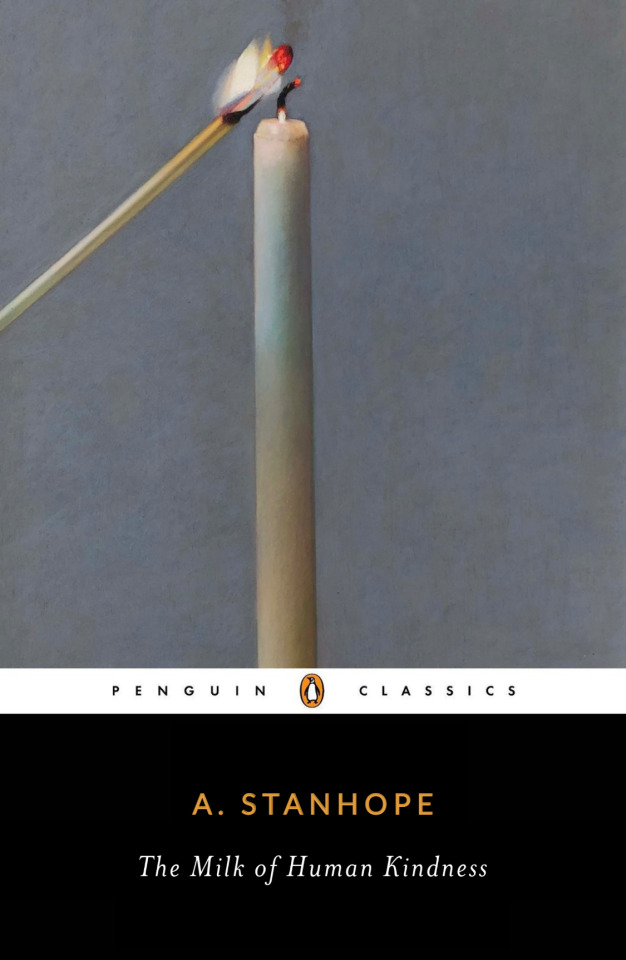



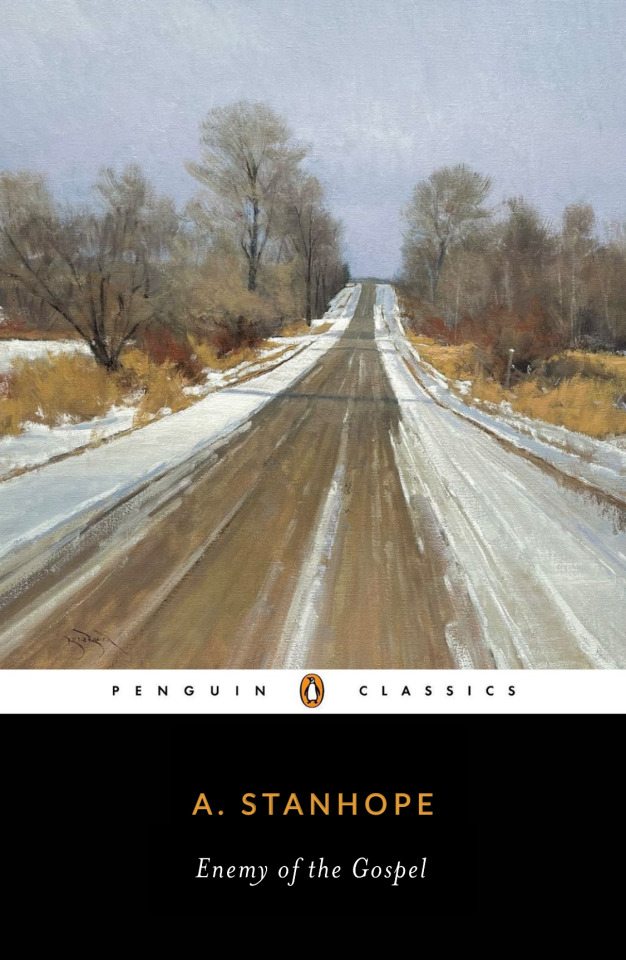

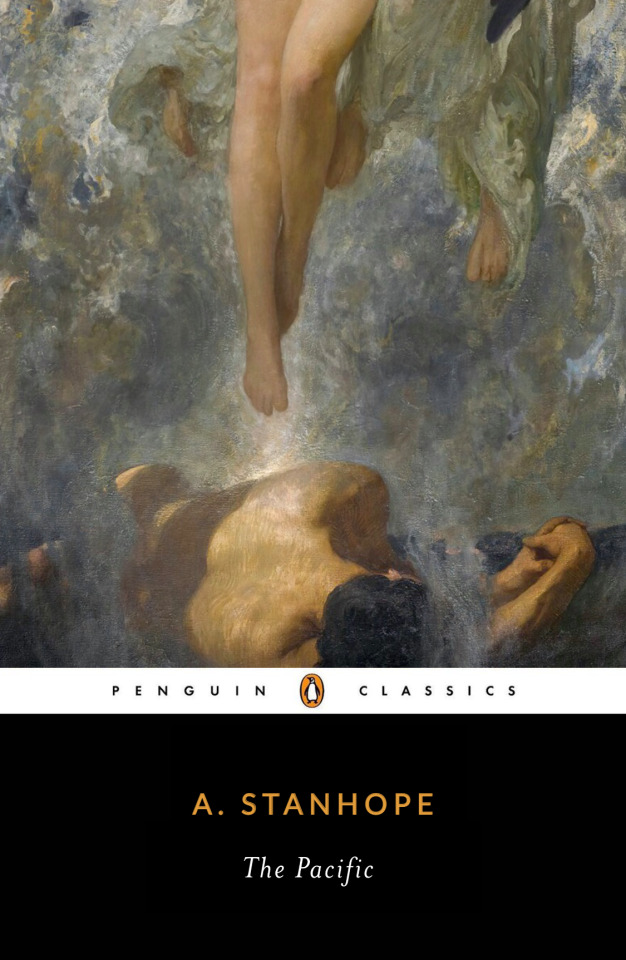
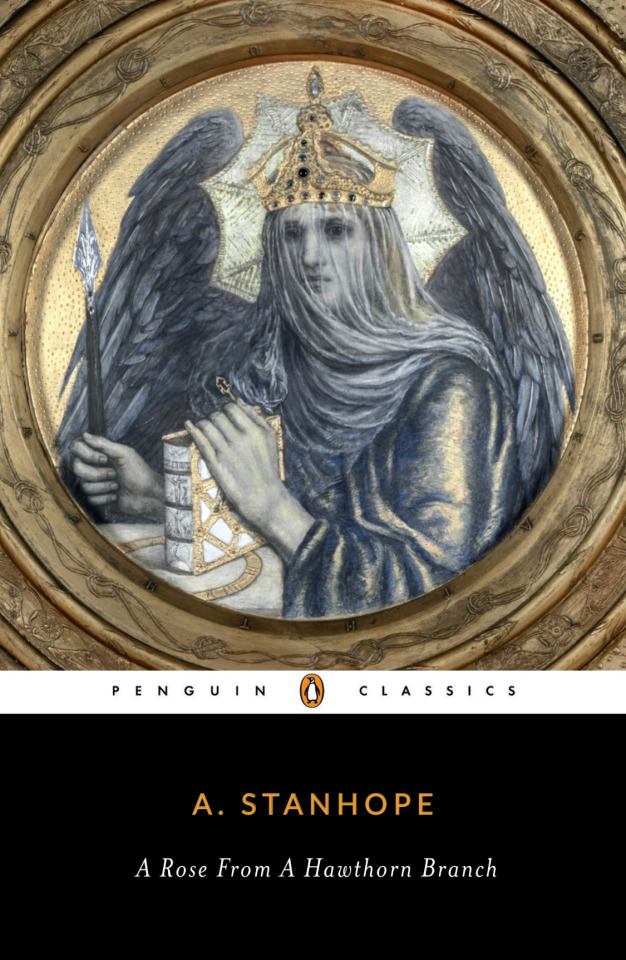
The Six Wives of Henry VIII + Penguin Classics: Jane Seymour
Candles, catalogue no 066, Andrew Hemingway / Kasteel Doorwerth in De Sneeuw, Apol Louis / Catherine Brass Yates, Gilbert Stuart / The Birth of Venus, Sandro Boticelli / On Winter Walks, Ben Bauer / Sarah Campbell, Sir Joshua Reynolds / Eve, Solomon Joseph Solomon / Death of the Veiled King, Charlotte Major Wyllie
38 notes
·
View notes
Text
My Mary I of England fanfictions [mind you, most of them are historically inaccurate]
After being poisoned by that woman, a mysterious person turns the Princess of England into a vampire in order to save her life. It's basically a Twilight au with Mary as the main character. Don't look for logic in this, it's just for fun.
During her brother's reign, Mary goes to his court and chats with old friends. We could call it historically accurate. Nothing happens here, she's just wandering around and they talk about Anne Stanhope and Catherine Parr drama 👀
Everyone loves a sapphic Mary Tudor, right? During Wyatt's Rebellion, she is comforted by her Lady Susan 💞 Their whole romantic relationship is historically inaccurate by the way, don't forget that.
In case you haven't noticed, I love writing Mary x Susan.
It's exactly what the caption says.
A confrontation between the Tudor siblings during the rebellion. Elizabeth fans might hate it.
#fanfic#ao3#mary tudor#mary i of england#sapphic ship#historically inaccurate#susan clarencieux#anne stanhope#catherine parr#elizabeth tudor
7 notes
·
View notes
Text
Katherine Parr: give me my jewels back!
Anne Stanhope:

23 notes
·
View notes
Photo


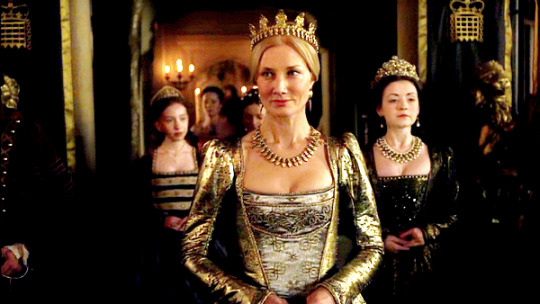

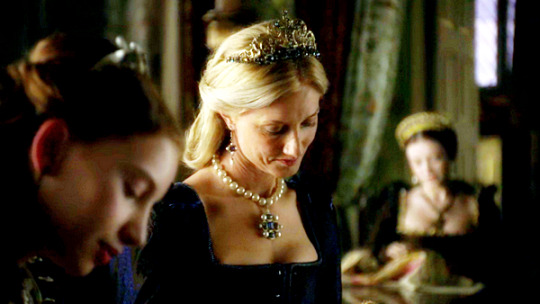
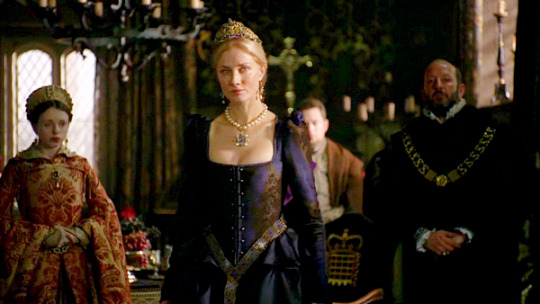
CATHERINE PARR in The Tudors
↳ Season Four, Episode Nine - Secrets of the Heart
#the tudors#thetudorsedit#perioddramaedit#joely richardson#emma hamilton#suzy lawlor#laoise murray#sarah bolger#frank mccusker#catherine parr#katherine parr#katharine parr#katheryn parr#kathryn parr#Kateryn Parr#tv: the tudors#ours#ours: edit#edit#anne stanhope#anne seymour#Anne Herbert#anne parr#elizabeth I#mary i#thomas wriostheley#dailytudors#tudorerasource
124 notes
·
View notes
Text

edward seymour x anne stanhope
3 notes
·
View notes
Text
Modern AU Anne Stanhope gets coffee with Mary and takes her to the gym where Edward boxes afterwards and they go ‘hey u wanna get in the ring I bet that would be fun :D’ and Edward siiiiiiighs like oh great now I have to walk my wife’s undergrad study buddy through the lead foot/rear foot & basic punches and Mary promptly chips one of his molars with her heel
#somermary#insert line from BE about how fighting is the only thing Edward is good at here#mary i of england#anne stanhope#edward seymour
4 notes
·
View notes
Text
This Purple Cloak is worn two times in The Tudors, First worn on Catherine of Aragon in Season 1 (2007) and later worn on Anne Stanhope in Season 4 (2010) and later is altred worn by Catherine of Aragon in The Spanish Princess: The Other Woman (2020)



#recycled costumes#the tudors#maria doyle kennedy#catherine of aragon#Anne Stanhope#period drama#historical drama#costume drama#reused costume#reused costumes#costumes#perioddramasource#perioddramaedit#dramasource
4 notes
·
View notes
Text

14 notes
·
View notes
Text
SIX THE MUSICAL - MODERN!AU: illustration








Jane's family tree 2/2
(The Seymour family has Leber Congenital Amaurosis (LCA), an Inherited Retinal Disorder (IRD). It's a family of congenital retinal dystrophies that results in severe vision loss at an early age. Patients usually present with nystagmus, sluggish or near-absent pupillary responses, severely decreased visual acuity, photophobia, and high hyperopia. It is the most severe retinal dystrophy causing blindness by the age of 1 year in most cases. The white pupil represents who inherited the disorder)
#Edward Benjamin Seymour#Henry Lucas Seymour#Jane Lilian Seymour#Elizabeth Emily Seymour#John Edward Seymour#Anne Catherine Seymour#Margaret Jane Seymour#Anne Stanhope#Mary Diana Stanhope-Seymour#Thomas Dante Stanhope-Seymour#thomas Harris Seymour#Catherine Filliol#Barbara Wolfe#Aaron Adam Seymour#Veronica Jane Seymour#Catherine Taís Guerra-Parr#Mary Phillipa Parr#Henry Tudor VIII#Edward Pollux Seymour-Tudor#Anna von der Kleve-Berg#Anthony Ughtred#Henry Jonah Ughtred#Margery Dinah Ughtred#John Alexander Paulet#Henry Thadeus Paulet#Edward Jackson Paulet#Frances Kourtney Paulet#jane seymour#catherine parr#six
8 notes
·
View notes
Text

Curiously enough, I’ve only recently watched “Becoming Elizabeth” as I’ve concomitantly read Edward VI’s biography.
It is hardly a surprise to observe there were great differences between the show and the book, specially concerning Katheryn Parr and Thomas Seymour’s own relationship.
Admittedly, though I know little of this matter myself, came across the excerpt below which gave me a lot to think about. For those who are little familiar with the first Dowager Queen of England in an almost a century (the last being Queen Elizabeth Wideville), the following content might actually come a surprise—or not.
What matters here is to promote not only a healthy discussion about their union, but showing that whereas Katheryn did love the man, she was not his first option to marry and she was not a “fool” completely blinded by her affection for him: she hesitated at first, unwilling to remarry in at least two years before becoming Lady Seymour out of respect for the king of England. However, Lord Thomas was a persuasive man, writing as far as a poem to claim the dowager queen’s heart—and he eventually succeeded it, as we are seeing next.
“Katherine moved into her dower house at Chelsea - away from the eyes at court, it was the ideal setting for Seymour to pay secret visits by night. Letters were sent and received, their contents, upon Katherine's urging, were quickly burnt: 'Your letter being finished ... I remembered your commandment to me’, Seymour wrote, ‘wherewith I threw it into the fire, be minding to keep your requests and desires’, yet the survival of both their letters suggest that neither was quite so willing to part with these tokens of love and affection.
Katherine confided her feelings to her friend Lady Paget, who urged marriage. But Katherine was hesitant. She wished 'it had been her fate to have him for a husband' but she was mindful of her position as queen. She had even kept the affair secret from her sister Anne who, when Katherine finally revealed the news, 'did not a little rejoice'.
As a growing number of friends discovered the secret of the affair, it became increasingly difficult to keep it hidden and rumours soon abounded. Meeting Seymour in St James's Park, Princess Elizabeth's servant Katherine Ashley challenged him over his marriage plans. Seymour boasted 'he would prove to have the queen', to which Ashley retorted that she thought this 'was past proof as I had heard he was already married to her'.
Ashley was right, for sometime between mid May and the beginning of June the couple had wed in secret, with one commentator believing the marriage had taken place as early as thirty-four days after Henry's death.
If this was true, then Katherine was playing a dangerous game - if she had become pregnant, there would have been no certainty that the child was Seymour's or Henry's. Katherine remained unwilling to commit herself, having doubts to the last.
She claimed she was his 'loving wife in her heart' but was determined 'never to marry, and break it when I have done, if I live two years'. Nevertheless, Seymour got his way. News of their marriage could not stay secret for long.
'I wish the world was as well pleased with our meaning as lam well assured [of ] the goodness of God's’, Katherine had lamented, 'but the world is so wicked that it cannot be contented with good things’. Instead she suggested that they find support for their union amongst the most powerful members of the council and court.
Seymour tested Princess Mary's reaction. It was not good. Mary considered it 'strange news', writing that if Katherine was keen, there was little she could do. In any case, 'being a maid' she was 'nothing cunning' about 'wooing matters'.
Instead, Mary appealed to her dead father's memory: if Katherine was not willing, certainly she would not 'persuade her to forget the loss of him, who is as yet very ripe in mine own remembrance’. Privately Mary was horrified at the prospect, and blamed Katherine for the affair. She possibly even appealed to Elizabeth to discourage the queen, but her half-sister, not wishing to stir up trouble, told her that they lacked any influence at court and should suffer with patience what was impossible to prevent.
Seymour would have to look elsewhere for support and he knew precisely whom to turn to. His confidence rested in the fact that he had managed to remain in regular contact with Edward through John Fowler, a Gentleman of the Privy Chamber, whom Seymour gave a bribe of £10 (£3,000) shortly after the coronation and before long was in his regular pay. Despite being almost continually in the presence of other gentlemen of the chamber, Fowler was soon able to converse with Edward and soon struck up a close friendship with the king, speaking to him alone.
It was not long before Seymour was calling in the favours. At the end of February he had met with Fowler over a drink and asked whether Edward had mentioned him - and in particular whether the king had ever wondered why he had remained unmarried. Would Edward be happy for him to marry? And who should he take as his bride?
Without asking too many questions, Fowler approached Edward a few days later, somewhat unsubtly repeating Seymour's queries. Edward's first reply was to suggest Anne of Cleves, but then, giving the matter more serious attention, answered that he thought Mary to be the best choice, if only 'to change her opinions'.
When Seymour heard, he laughed. 'I pray you, Mr Fowler, if you may soon, ask his Grace if he could be contented I should marry the Queen.’ He also wanted to know if Edward would write a letter on his behalf in support of the marriage.
It was at this time that Seymour, without Fowler's knowledge, began to visit Edward in private. It was not long before he had persuaded him to write a letter to Katherine, dated 25 June. Despite Edward writing to Katherine at the end of May urging her to 'continue to love my father', now the king seemingly endorsed her relationship with Seymour, since the letter ingeniously made their marriage appear as Edward's personal request to Katherine.
Moreover, it gave specific assurance that Edward would safeguard Katherine against any reaction from Somerset, who the couple knew would be furious at their secret union: 'Wherefore ye shall not need to fear any grief to come, or to suspect lack of aid in need; seeing that he, being mine uncle, is so good in nature that he will not be troublesome ... if any grief shall befall, I shall be a sufficient succour.'
The entire letter was no doubt composed by Seymour, who probably dictated it to the king.(…) When news of his brother's marriage leaked out, Somerset was furious. Edward's blessing made Somerset all the more enraged, and the king was not immune from the brunt of his anger, noting in his journal that 'the Lord Protector was much offended’.
But it was his wife Anne, the Duchess of Somerset, who took the greatest offence to the union. Described as 'a woman for many imperfections intolerable, and for pride monstrous, subtle and violent' who held Somerset under her sway 'by persuasions cunningly intermixed with tears', she detested Katherine.”
SKIDMORE, C. “Edward VI: The Lost King of England”.
#tudor dynasty#Edward VI#Katheryn Parr#Queen Katheryn Parr#Queen Catherine Parr#Queen Katheryn#Queen Catherine#Queen Katherine#Dowager Queen of England#House of Tudor#Thomas Seymour#Lord Thomas Seymour#Baron Sudeley#Lord Admiral#House of Seymour#Edward Seymour#Anne Stanhope#Duke of Somerset#Duchess of Somerset#Will write about Anne and Katheryn’s rivalry in a future post.#Princess Mary Tudor#Princess Mary#Lady Mary Tudor#Queen Mary I of England#Princess Elizabeth#Lady Elizabeth Tudor#Queen Elizabeth I of England
9 notes
·
View notes
Text
Nice to see Anne Stanhope portrayed sympathetically for a change.
You can really see logic stretching to allow for Evil!Jane Boleyn. Like Jane and George hate each other and yet Anne Stanhope says "she is still the queen's sister in law and her intimate."
Which is it? Is she an intimate or does she openly hate them? You can't really have both!
(Also cross eyed cromwell is kind of cute)
4 notes
·
View notes
Text

"Mr. Page received your letter directed unto my lady Anne, and delivered the same. There is yet no answer. She gave kind words, but will not promise to speak to the King for you." Cromwell to the Cardinal.
#anne boleyn#anneboleynedit#still on my quest of posting all non-chapuys primary source quotes on anne...#also either a suggestion of conversion or detracting from arguments vis a vis cromwell's 'lutheranism'...in this same letter he says#he wished luther had never been born. so.#just love how suggestive this quote is lol#she could speak for you. but she won't <3#at the same time this is a feature you see come up again and again in. again#non chapuys primary sources . of people that actually spoke with or communicated directly with anne#thomas wynter says the same (she spoke very kindly to him was his quote iirc)#which runs rather counter to the narrative that she was needlessly hostile~ to everyone. and suggests even when she gave you a refusal.#it was gentle but firm .#henry viii#also the prevailing myth that all including cromwell of wolsey's 'affinity' despised her bcus they blamed her for his downfall...#they either weren't all that close to him or they didn't really blame her. richard page is the messenger here#and he seems to have enjoyed a very warm relationship with anne#page also had ties to henry fitzroy and anne stanhope. things that make you go hmmm
24 notes
·
View notes
Text
No one else seems to have looked so kindly on Anne Somerset, who was depicted as a scheming, overbearing harridan. Paget, in discussion with Van der Delft, would later sum up the troubles of the duke in the memorably pithy phrase: ‘He has a bad wife.’ That was, indeed, a contemporary comment, though it may say as much about views of strong women in a male-dominated world as it does about the lady herself. Certainly, she was not popular, but Mary never forsook her. After her husband’s final fall from grace, in 1551, the duchess remained in the Tower of London as a prisoner until released by Mary when she became queen.
-Mary Tudor: The First Queen by Linda Porter
#mary i of england#mary tudor#mary i#good queen mary#anne stanhope#you're not read for this conversation#but she didn't actually hate the protestant#but yeah let's continue calling her bloody because she was half spanish
5 notes
·
View notes